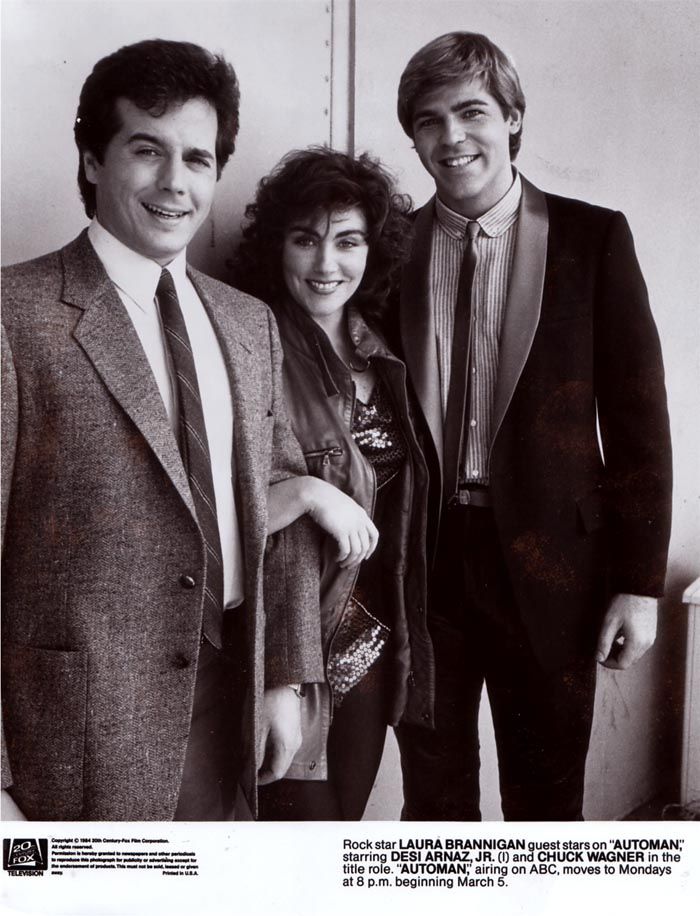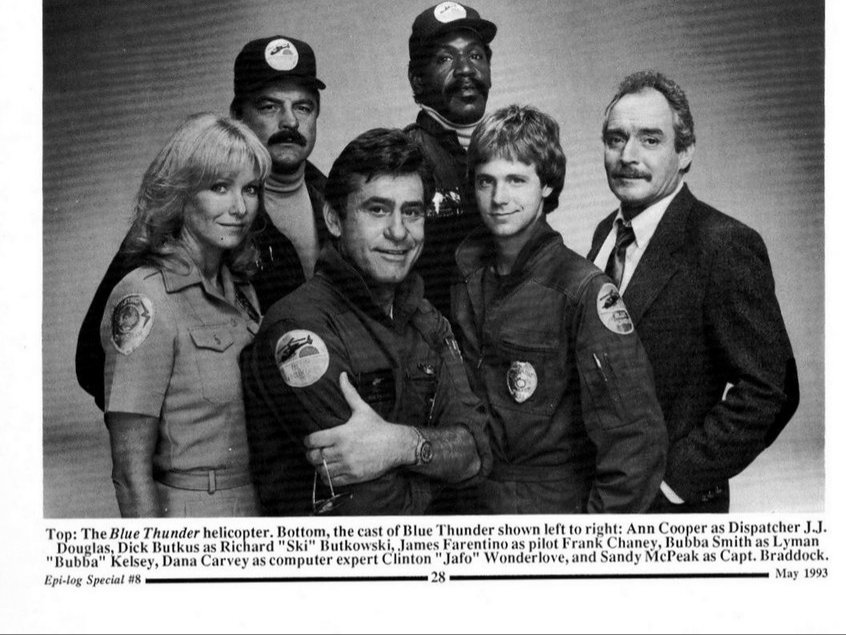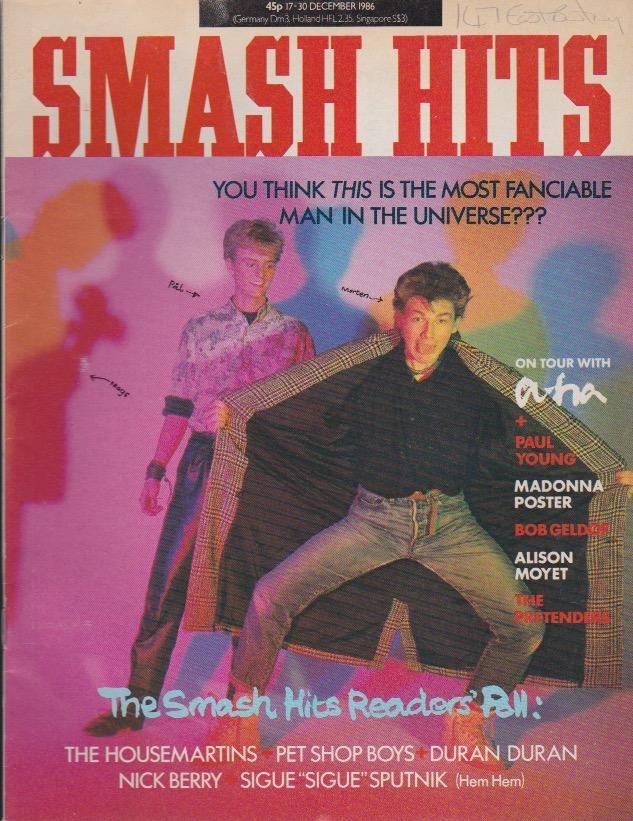
Today in pulp... some short-lived '80s hi-tech action heroes. These people aren't Knight Rider or Airwolf: they're the other guys!
Let's start with Automan.
Let's start with Automan.
Launched in 1983 Automan was Glen A. Larson's attempt to cash in on both the computer games craze and Disney's stylish movie Tron.
Neither of which were in good shape by 1983...
Neither of which were in good shape by 1983...

Automan starred Desi Arnaz, Jr. as a police computer whizz who created a holographic detective (played by Chuck Wagner) who sadly could only fight crime at night, due to the huge amounts of electricity needed to make him appear. 

Helped by 'hilarious' sidekick Cursor, Automan could hack into any computer system. Given it was 1983 the encryption protection he had to overcome was probably pretty minimal. 

Automan had a fabulous glowing costume like Tron, made of highly reflective material by 3M and buffed up in post-production using chromakey. 

He also had a Lamborghini Countach that could turn at 90 degree angles, plus a helicopter and also a guitar, all created by Cursor's holographic wizardry.
Alas not even a guest appearance by Laura Brannigan could save Automan from being cancelled after only 12 episodes.
Still, it cared better than Glen A. Larson's other action series...
Still, it cared better than Glen A. Larson's other action series...

Manimal, launched in 1983, starred Simon MacCorkindale as Dr Jonathan Chase, an explorer and zoologist with an amazing secret power! 

Chase, for reasons not really explained, could change himself into any animal through the power of his mind. Usually he turned into a hawk or a panther, but technically nothing was off-limits.
Although Dr Chase used his shape-shifting powers to fight crime nothing could defeat the terrible ratings the series endured. It was paused after four episodes and cancelled after eight. A Will Ferrell movie reboot is apparently in the works. 

Misfits of Science managed to last a little longer. Launched with a TV movie in 1985 it was a goofy X-Men kind of programme that never really found its footing. 

Dean Paul Martin (son of Dean Martin) played Dr. Billy Hayes, head of the Humanidyne Institute who was "looking for a few good heroes ready to have a blast!" 

His team of super-powered misfits included rock star Johnny B, who gained the power of electricity after he electrocuted himself on stage, and Elvin "El" Lincoln who could shrink himself to 11 inches tall by pressing the back of his neck.
The show is best remembered for featuring a young Courteney Cox as troubled telekinetic teen Gloria Dinallo. She was like Stephen King's Carrie, except with more jokes. 

Misfits of Science squeezed out an impressive 16 episodes before the series was canned due to poor ratings in 1986. Not even Monica Geller could save it.
At this point we must spare a thought for Blue Thunder, the 1984 TV spin-off from the under-rated Roy Scheider movie of the same name.
On paper it looked like a winner...
On paper it looked like a winner...

James Farentino played police pilot Frank Chaney who, with his heavily moustachioed team, fought bad guys with their cool helicopter gunship Blue Thunder! 

Blue Thunder was actually a French Aérospatiale Gazelle with some fancy fittings, and whilst it was pretty fast it did however have one glaring fault... 

... it wasn't Airwolf! CBS's rival 'copter show had better plots and a better theme tune. Blue Thunder knew it was beaten and the show was cancelled after eleven episodes.
Street Hawk was kinda like Airwolf but on a motorbike. Launched in 1985 it had a cool theme tune by Tangerine Dream and starred Rex Smith as police officer and amateur dirt-bike racer Jesse Mach. 

Street Hawk was shrouded in mystery. To the press he was a dangerous vigilante, but in reality Mach was working for a secret government outfit trying to rid the streets of crime. 

The Street Hawk bike was based on the Honda XR500, which alas couldn't really do 300mph using 'hyperthrust'. The series similarly underperformed: it was cancelled after only 13 episodes. 

Shows that last the shortest time linger longest in our memories. Maybe it's the sense of what could have been if only the cursed networks had given them a secind series! Whatever it is, short-lived '80s action TV shows - Twitter salutes YOU!
Play our song Dr. Sanchez...
Play our song Dr. Sanchez...
• • •
Missing some Tweet in this thread? You can try to
force a refresh






















